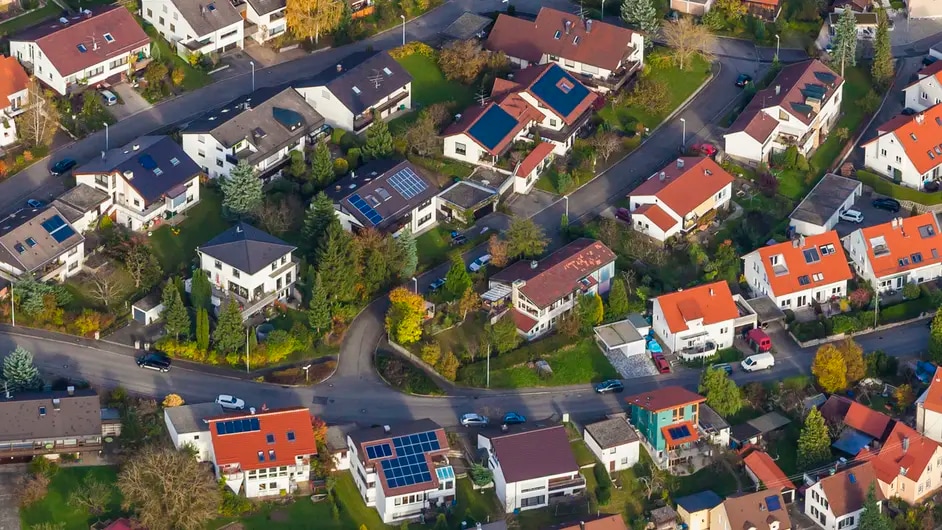How AI and deep learning can breathe new life into DSL

Artificial Intelligence (AI) is at the bleeding edge of tech fashion, powering groundbreaking new applications like autonomous driving and smart manufacturing. But that doesn’t mean AI also can’t be applied to a technology we’ve being using for thirty years: DSL.
Fiber-to-the-home may be the go-to access technology for new deployments, but we are still a long way from bringing passive optical networks to every residence. Despite its age, DSL remains the way much of the world receives home broadband access. But those copper networks aren’t performing at their optimal levels: 60 percent of DSL connections can’t fully access their physical capacity due to poor line performance. This is where AI has a role to play. AI and deep learning techniques can be utilized as powerful diagnostic tools to improve broadband performance over copper. In essence, we can ensure that the many millions of people who rely on DSL for their internet access have the best possible connections available to them.
Because we have pushed the boundaries of DSL performance over the decades, copper has become an extremely sensitive medium. Taps, leakages and other impairments can dramatically effect speeds on individual lines – something newer technologies like passive fiber haven’t yet been forced to deal with. The complexity of these impairments throughout a vast network has forced many operators into a reactive posture. When a customer calls to complain about underperforming service, a ticket is issued, a technician analyzes the line, and, if a likely impairment is detected, a truck is sent out to address the issue. As problems are fixed as they arise, countless other unreported impairments can persist in a network.
Pioneering AI research from Nokia Bell Labs, however, provides a solution to this seemingly intractable problem. We have trained deep neural networks to diagnose or supervise the entirety of a network, analyzing signals over every DSL line in ways – and at speeds – no human could. These AI techniques can deal with multiple parameters and the abundance of data collected from each line, while accounting for the complexity of each signal and the underlying physics governing each transmission.
Using these software-based tools, operators can change the way they think about DSL optimization. The several-day process of investigating a service ticket can be greatly reduced as AI can identify problems instantly, isolating impairments with much more accuracy than a human. But most significantly, service providers can move from a reactive to a proactive stance. If it so chooses, an operator could run complete diagnostics over a million-line network every 15 minutes, giving it practically real-time insight into the state of each connection. That operator can then systematically address impairments and other problems – tackling related issues in clusters rather than on a line-by-line basis – before a customer ever places a call.
This kind of diagnostic intelligence will become even more valuable as residential fiber deployments continue to scale. As field expertise shifts toward fiber, there will be fewer skilled technicians specializing in DSL optimization. Rather than recruit more workers skilled in a legacy technology, operators can focus on the fiber networks of the future, leaving DSL optimization to AI.
AI could also prove to be a very powerful means for governments and regulators to ensure equitable access to broadband in a market. Neutral by design, these diagnostic tools could provide a snapshot of how close a network is to optimal performance in every geographic and socioeconomic area it covers without subjective human bias entering the equation. Regulators could see if operators are providing a similar level of optimization to both low-income and high-income users as well as urban and rural users. Conversely, operators could use that same data to illustrate the physical limitations of different parts of their networks, demonstrating why, for instance, unimpaired rural infrastructure might produce slower speeds than unimpaired urban infrastructure. This impartial data could provide the baseline for any debate over broadband infrastructure investment and regulation.
Finally, unlike other proposed AI applications, this technology is not theoretical. Nokia has already deployed these diagnostic tools commercially with a major North American service provider, and they are already yielding tangible and positive results. This is a technology that can benefit consumers, businesses and governments today, not at some unspecified time in the future.
Perhaps when fiber-to-the-home is the norm in broadband, we will no longer need to worry about copper optimization. Fiber is such a powerful medium for data transmission, that even the noisiest connection still yields impressive performance. But we’re still a very long way from reaching that point. So, it behooves to use every tool at our disposal to squeeze the best possible customer experience out of our existing copper plant. For that, there is no more powerful tool available to us now than AI.
